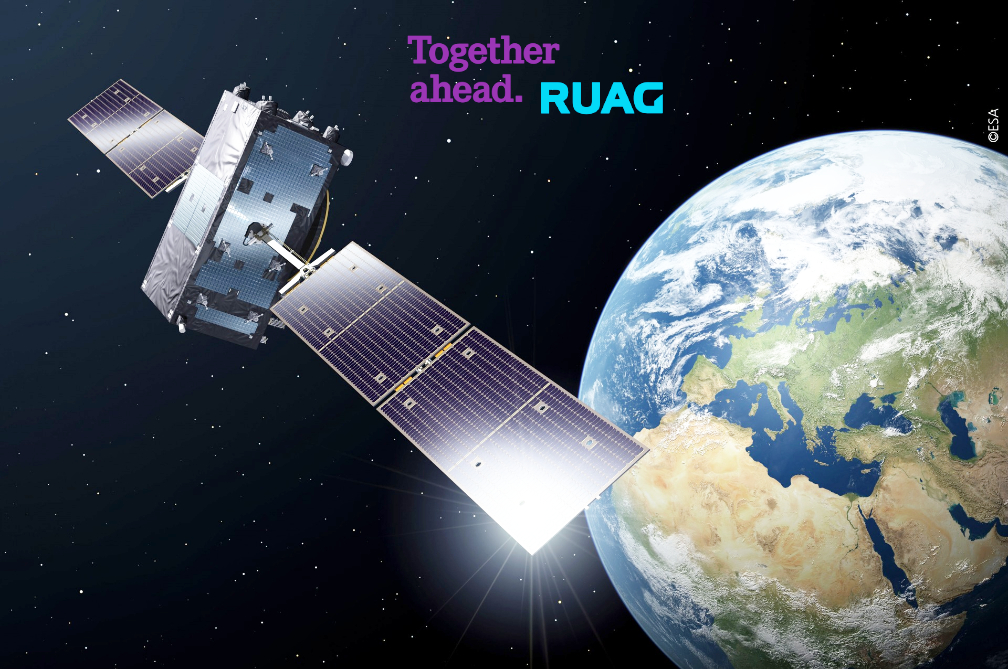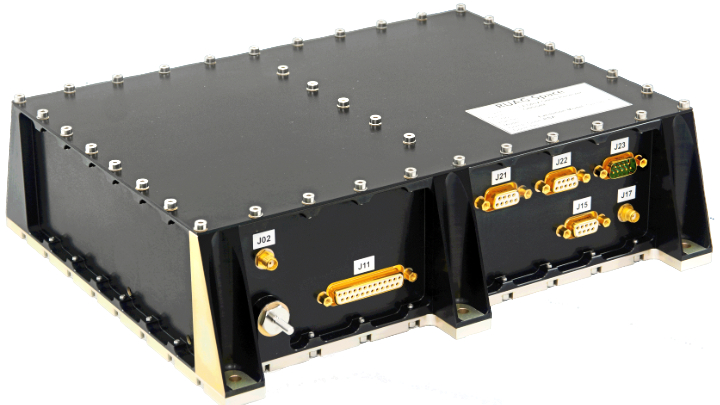
RUAG Space has partnered with the UAE’s Mohammed Bin Rashid Space Centre to deliver them the latest generation of the GNSS navigation receivers for LEO — “LEORIX.”

RUAG Space offers three basic types of navigation receivers: The LEORIX for LEO, the GEORIX for GEO and the PODRIX for Precise Orbit Determination. The PODRIX receiver had its maiden flight to space in November of 2020 and precisely determines the position of the European environmental satellite Sentinel-6.

According to ESA, the higher accuracy of the satellite’s position enhances the overall performance of the mission. The LEORIX receiver flew for the first time in space in Mach of 2021. In total, more than 80 receivers of the latest receiver generation (LEORIX, GEORIX and PODRIX) have been ordered by customers in Asia, Europe, Middle East and the USA so far. They will be launched for different Low- and Geostationary Earth Orbit missions within the next months and years.
“Our spaceborne receiver provides a very high accuracy of the satellite’s position in orbit,” said Anders Linder, Senior Vice President Electronics at RUAG Space. "The in-orbit accuracy is about one meter. The high accuracy is achieved through simultaneously processing of multi-frequency signals from the U.S. GPS and European Galileo navigation satellites. Once on-orbit, the satellite’s position can be precisely determined by the navigation receiver. The more precisely the position of the satellite is determined, the better the data, which the satellite provides. They are all based on the European Space Agency’s latest GNSS processing technology."
The Mohammed Bin Rashid Space Centre, founded in 2006, is home to the UAE National Space Program. The Centre builds and operates EO satellites, offering imaging and data analysis services to clients around the world. The Centre launched KhalifaSat — the first Emirati made satellite in 2018; and the DubaiSat-1 and DubaiSat-2 satellites in 2009 and 2013 respectively. The Centre is also responsible for the Emirates Mars Mission “Hope Probe”, the first Arab interplanetary mission, which is currently collecting data from the Red Planet.
RUAG Space is a leading supplier to the space industry in Europe, and has a growing presence in the United States. Around 1,300 employees across six countries (Switzerland, Sweden, Austria, Germany, USA and Finland) develop and manufacture products for satellites and launch vehicles—for both the institutional and commercial space market. RUAG Space is part of RUAG International, a Swiss technology group, which is divided into four divisions: Space, Aerostructures, MRO International and Ammotec. Visit www.ruag.com/space, or view our RUAG Space product portfolio video: https://youtu.be/qNbSjUdlXxQ
